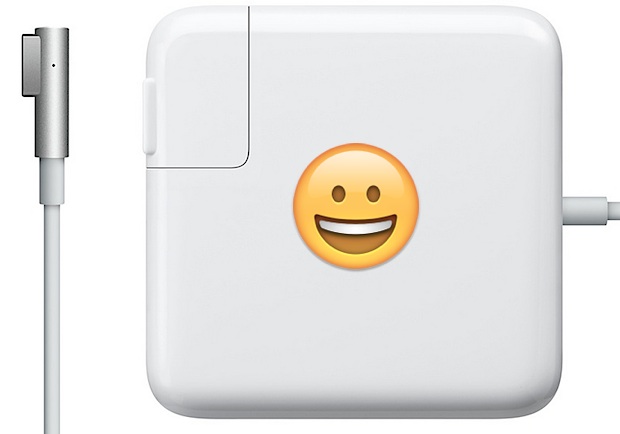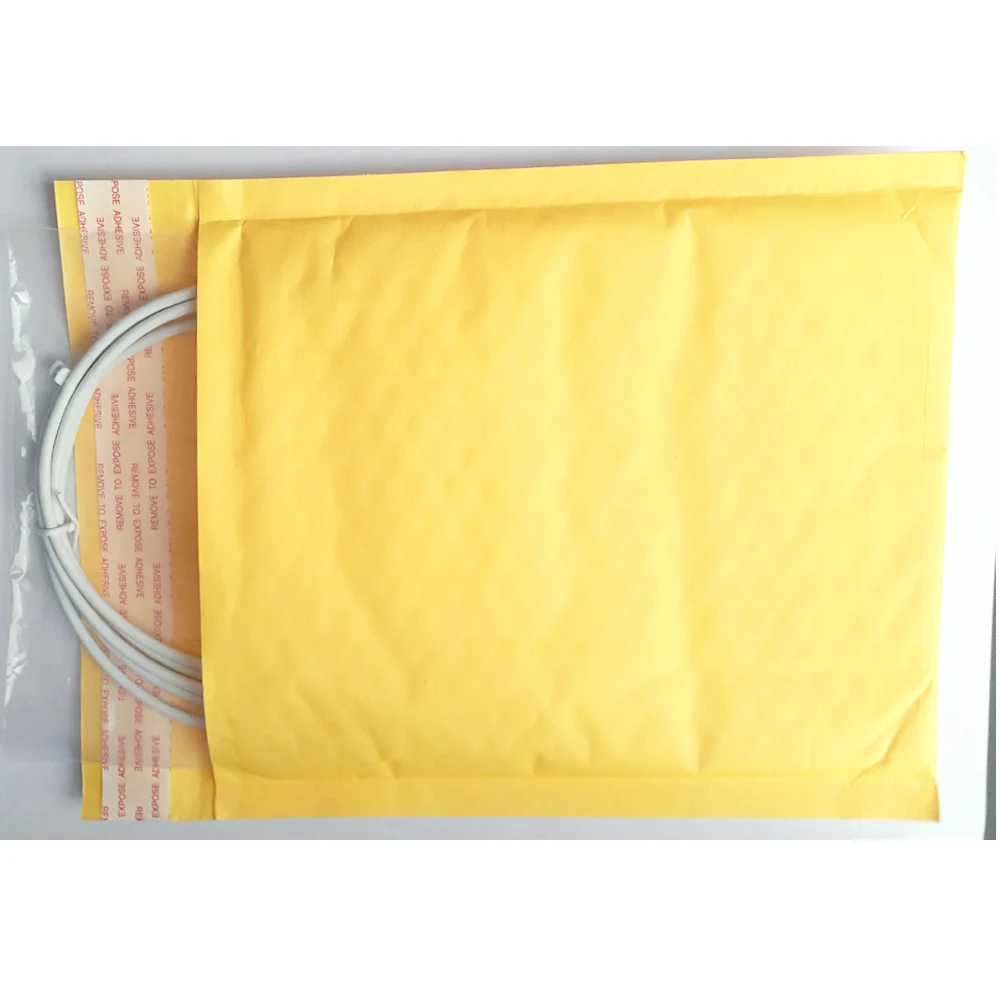

On the Mac running Configurator, in its device window, select the Mac you’re connected to, and then choose Actions > Advanced > Restore and click Restore. To restore your Mac’s firmware, after ensuring you have made every effort to extract needed files: It’s a last-ditch process, and if you have unique data not backed up on that Mac, you should determine whether there’s any other way to get data from it before proceeding. If this process fails, you may be unable to recover any data from that Mac, and it requires a complete restoration, which resets the Mac and erases its contents. You can disconnect cables from the other Mac.You can restart into recoveryOS as described above, and then reinstall macOS without erasing any of your files.

In that case, however, the Mac is now responsive and has recoveryOS correctly installed. macOS may still not be working correctly, even if the revive functions.The unresponsive Mac will show an Apple logo intermittently during revival.Select the Mac you’re connected to, and then choose Actions > Advanced > Revive Device and click Revive.
 On the Mac running Configurator, in its device window, your other Mac should appear if you have the cables connected correctly. Now you can attempt to revive the firmware, which keeps all your files intact: Release Control, Option, and Shift, but keep holding down the power button until it appears in Configurator on the attached Mac. First press the power button, and then immediately hold down the power button along with the left Control key, the left Option key, and the right Shift for about ten seconds. M1 MacBook Air or 13-inch MacBook Pro: This is similar to the Intel models, but note the differences. M1 Mac mini: Making sure the power has been disconnected for more than 10 seconds, hold down the power button, plug the computer into power, and release the button. Intel Mac laptop (any model): Hold down the power button and the left Control key, the left Option key, and the right Shift all at once for about three seconds. Intel Mac mini, iMac, or iMac Pro: Hold down the power button, plug it into power, and keep holding down for three seconds. Power up the unresponsive Mac in a way that varies by model:. See the list at the bottom of this article to find yours. One Thunderbolt port on every Mac covered by this technology is specially equipped to allow revival or restoration. Connect the Mac that’s reviving the other via a particular port on the unresponsive Mac. If it’s a Mac mini or iMac Pro, make sure there’s a monitor attached so you can see progress later, during revival (or restoration). On a laptop, hold down the power button for about five seconds to ensure it’s powered down. Disconnect your unresponsive Mac from power, whether it’s an AC-powered iMac, iMac Pro, or Mac mini, or a laptop plugged into a power adapter.
On the Mac running Configurator, in its device window, your other Mac should appear if you have the cables connected correctly. Now you can attempt to revive the firmware, which keeps all your files intact: Release Control, Option, and Shift, but keep holding down the power button until it appears in Configurator on the attached Mac. First press the power button, and then immediately hold down the power button along with the left Control key, the left Option key, and the right Shift for about ten seconds. M1 MacBook Air or 13-inch MacBook Pro: This is similar to the Intel models, but note the differences. M1 Mac mini: Making sure the power has been disconnected for more than 10 seconds, hold down the power button, plug the computer into power, and release the button. Intel Mac laptop (any model): Hold down the power button and the left Control key, the left Option key, and the right Shift all at once for about three seconds. Intel Mac mini, iMac, or iMac Pro: Hold down the power button, plug it into power, and keep holding down for three seconds. Power up the unresponsive Mac in a way that varies by model:. See the list at the bottom of this article to find yours. One Thunderbolt port on every Mac covered by this technology is specially equipped to allow revival or restoration. Connect the Mac that’s reviving the other via a particular port on the unresponsive Mac. If it’s a Mac mini or iMac Pro, make sure there’s a monitor attached so you can see progress later, during revival (or restoration). On a laptop, hold down the power button for about five seconds to ensure it’s powered down. Disconnect your unresponsive Mac from power, whether it’s an AC-powered iMac, iMac Pro, or Mac mini, or a laptop plugged into a power adapter. #How to repair a mac pro power supply install#
Install Configurator 2 onto the Mac you’re going to use to revive your unresponsive computer.In none of the below cases will you see anything on screen until after Configurator gets to work.







 0 kommentar(er)
0 kommentar(er)
